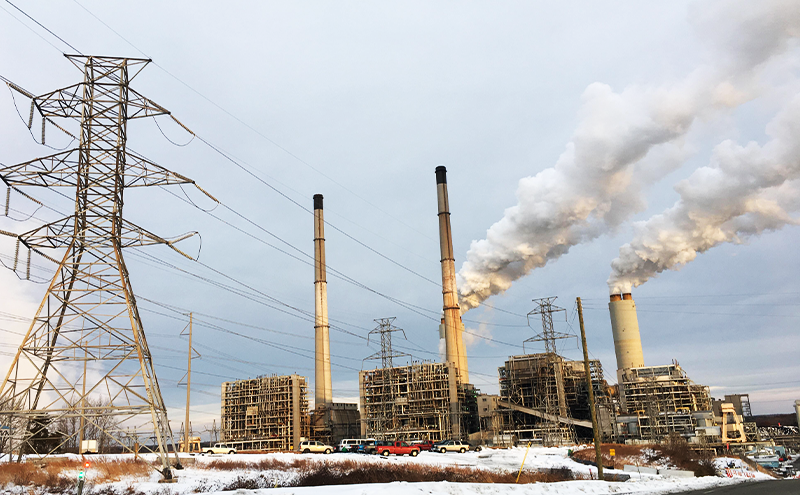Can you remain inside during a chemical emergency? Well, yes and no. The act of staying indoors during a chemical release or hazardous event will depend on your environment and the situation. Action taken should carefully be considered on a case-by-case basis and follow a sites emergency response plan.
Below is a summary of when it may be beneficial to stay inside and when it may not.
When Staying Inside is a Good Option for Chemical Hazards
You can stay inside and shelter-in-place for specific situations. The decision to remain ultimately depends on the building you are in, and the type of emergency.
The act of remaining indoors is often referred to as Shelter-in-Place. There are four stages of Shelter-in-Place, each with differing levels of security and preparation time:
- Normal Sheltering
- Expedient Sheltering
- Enhanced Sheltering
- Pressurised Sheltering
Industrial manufacturing and processing facilities would benefit from implementing extensive shelter-in-place measures due to higher risks. Some buildings can be transformed into a zero-vulnerability safe haven, meaning they’re equipped to isolate themselves from the external environment.
If a building has adequate measures that help reduce any risk of harm to its occupants and the internal components, staying indoors can be the safest option.
When Staying Inside is a Bad Option for Chemical Hazards
Staying inside is not always the safest.
Buildings, particularly office spaces and in residential areas, are designed to have natural airflow and ventilation. They have several leakage points in which toxic air from the external environment can enter and contaminant the breathable air space inside. Therefore, staying inside is just as dangerous as being outside.
Remaining indoors during a petrochemical hazard is not recommended if;
- the risk of a chemical plume, smoke, or danger entering your location is high,
- there are no safety protocols in place to reduce this risk, or
- there is an emergency response plan in place, with better protective facilities available
Staying inside is not always the safest option... leakage points can allow contaminants from external environments to enter
Why Can’t We Stay Inside In A Chemical Emergency? Tweet
Exiting a Shelter-in-Place
Timing your exit from a SIP is critical to its ability to provide adequate protection.
If a shelter is not airtight, leaving too late increases an occupant’s exposure to additional hazards due to cumulative contact.
Once safe to exit, a SIP will need to be ventilated and vacated once the plume has passed.
Frequently Asked Questions
Shelter-in-Place (SIP) is a common term used in community and commercial emergency response actions plans. It refers to the process of taking refuge by staying indoors and sealing your environment. Read More.
A blast-resistant building (BRB) is a reinforced structure designed to reduce the harm to personnel and equipment in the event of an accidental or deliberate explosion. BRBs are common within petrochemical plants, including manufacturing and chemical processing. Read More.
A safe haven or refuge chamber is a sealed environment, in which you can take shelter during a hazardous event when evacuation is not possible. Read More.
Removing personnel through evacuation is not always possible. Many factors, including the lack of adequate pre-warning, will significantly impact the emergency action undertaken. As a primary means of protection, sheltering in place is the most survivable option when evacuation is not possible. Read More.






